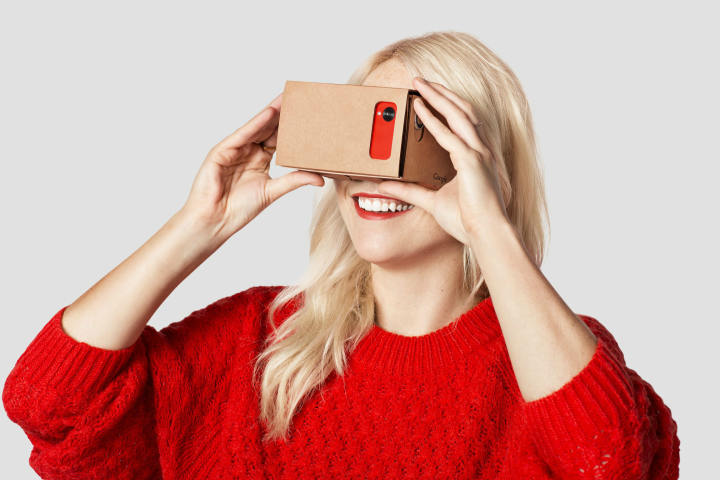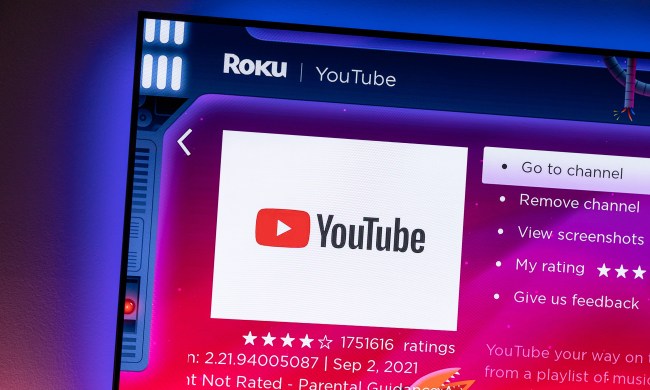
The content requires a Google Cardboard compatible smartphone, leaving those with the HTC Vive or Oculus headsets out of the loop. Otherwise, users simply slip their phones into their cardboard headsets and enjoy some of the content that exists.
In addition to incorporating support for the fledgling tech, the search giant also announced that Google Cardboard now features a theater mode. With this update, you can watch any YouTube video in a virtual theater environment.
VR video is still a niche market and the various creators spread their content via different websites. But none of these can match the size of the YouTube audience. While it can be a struggle to find the content you’re searching for, VR support on YouTube should spark an exponential increase of the production and accessibility of VR content. YouTube is a platform for countless creators who seek to stand out from the crowd. By supporting the technology in its early stages, Google gives both the technology and pioneering creators an opportunity to shine.
For VR, this could be a needed boost. Spreading it across the world’s most popular online video service like butter on toast might provide ample momentum for the emerging tech. This is especially important ahead of the release of advanced (and pricey) headsets such as HTC Vive and Oculus Rift.
That said, don’t expect a full-length reimagining of The Hobbit to appear anytime soon; Samsung only this year finally launched the consumer version of its VR-headset Gear VR, and the big players haven’t even entered the game yet. It will be some time before we see multi-million dollar movie projects on either YouTube or any other service.


